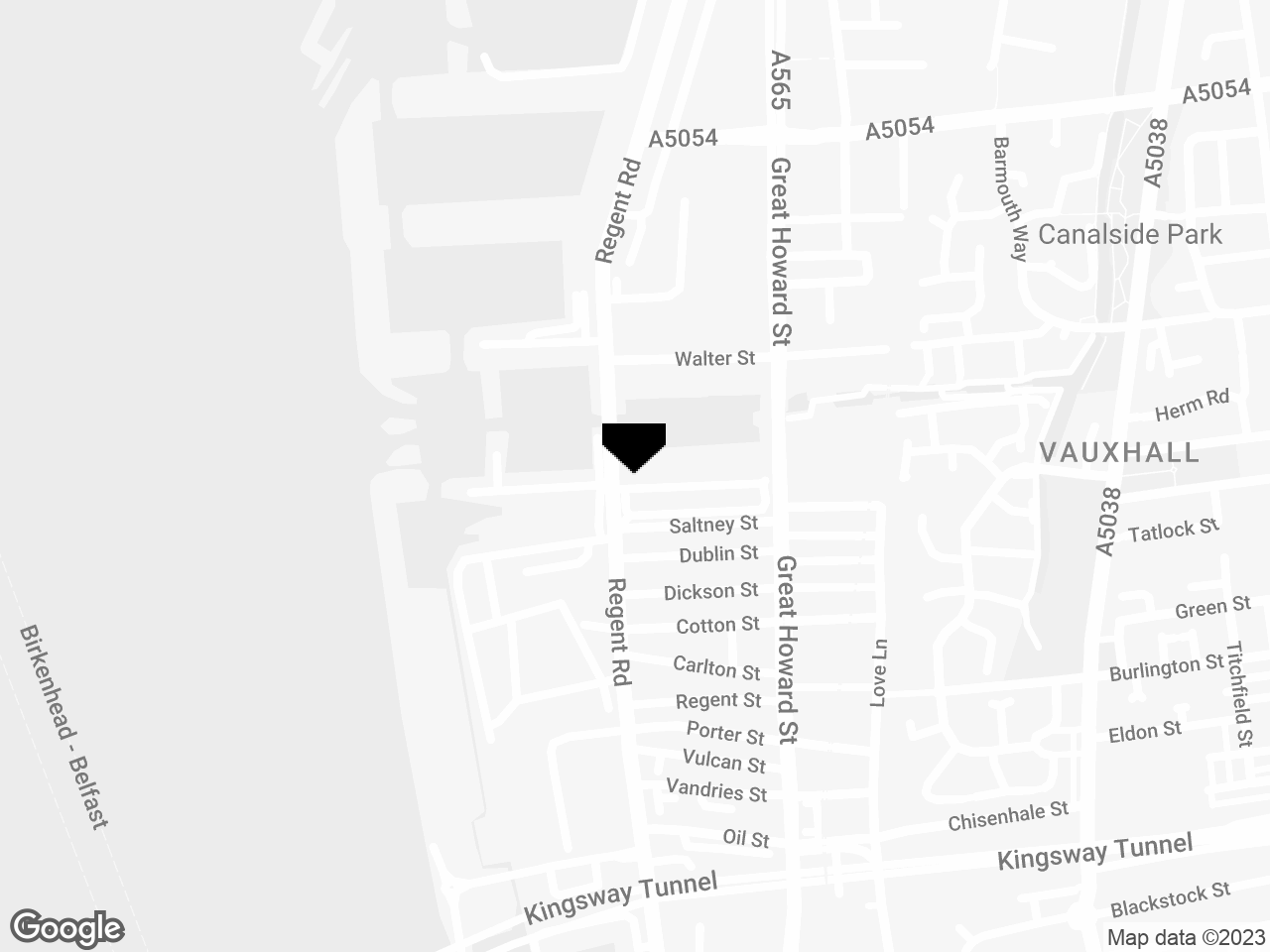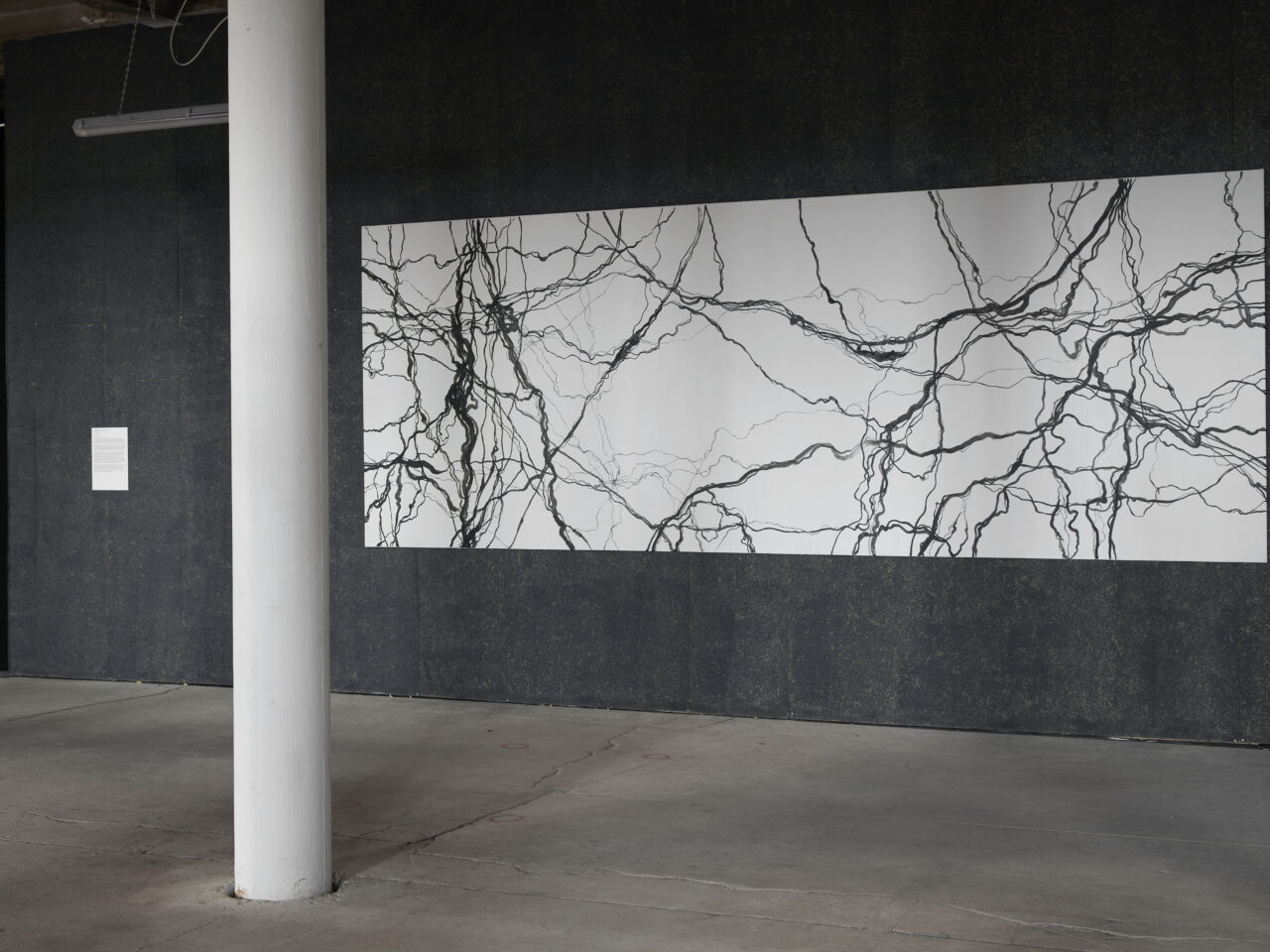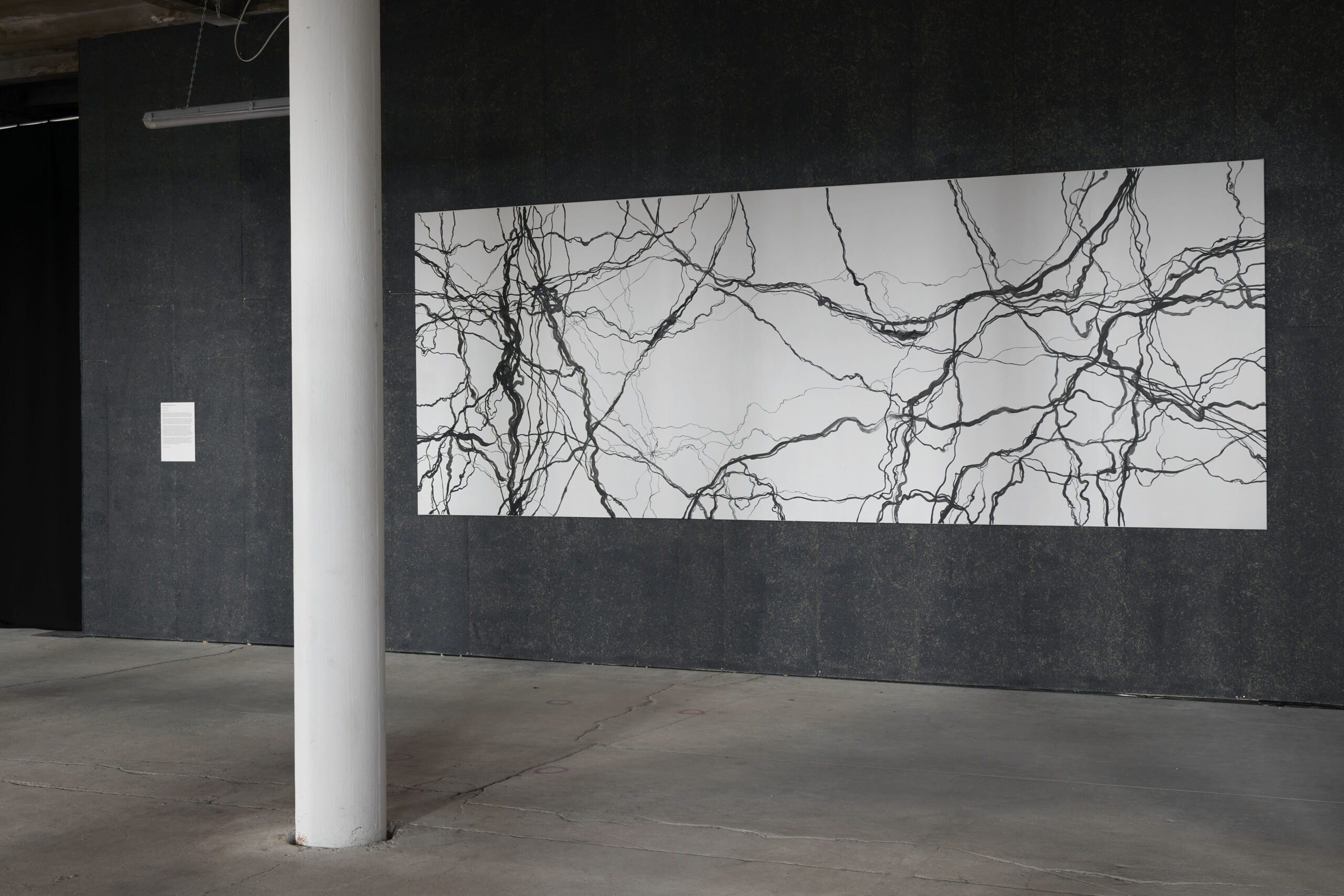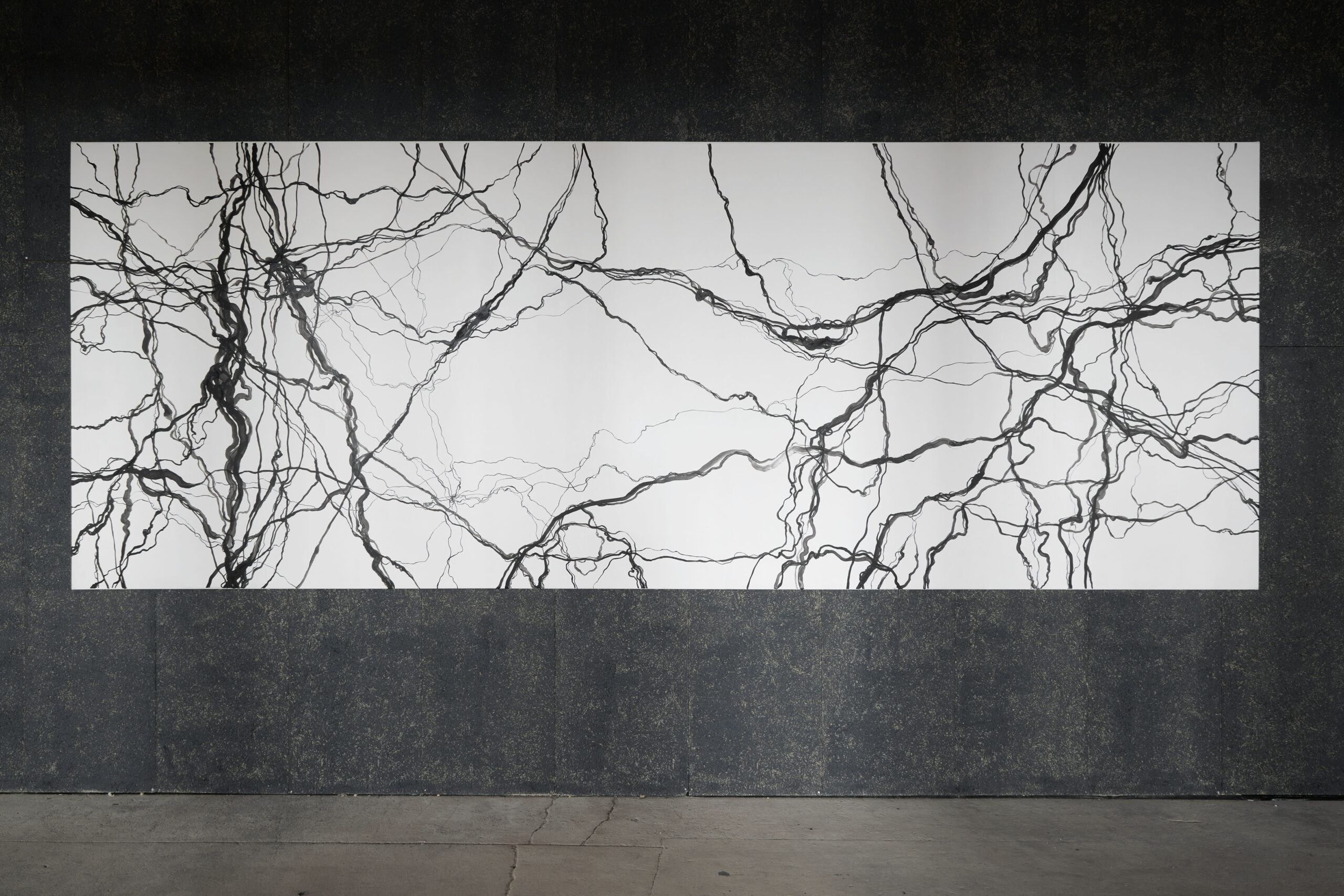Rahmi Hamzi is a multidisciplinary artist. Her latest painting and sculpture works are born from her examination, deconstruction and reconstruction of botanical shapes, creating associations to the human body, femininity and sexuality.
2023 Biennial Year Find out more
In addition Hamzi produces sculptural works and installations, related to ritual objects and religious texts– which are physically and conceptually manipulated by the artist to evoke new signification. Botanical images enable her to deal with these thorny topics and convey her stance and critique; she also employs flowers in her work to raise questions about women’s traditional role and the expression of their sexuality. Indeed, flowers—recognized as the sexual organ of plants– provide a suitable analogy for this cause because their stages of development serve as apt representations of human development, reproductive capacity, provision of nourishment, and more. As Hamzi reminds us, flowers are not only symbols of fertility and fecundity that allow her to discuss, challenge, and question socio-cultural attitudes toward women; they also serve to emphasize the close links between humans and the natural landscape. This, too, she tethers to the local context and her biographical background. Representing native plants, she also, perhaps more subtly, calls attention to the local political context.
Hamzi has participated in a number of exhibitions: Idris’s group exhibits “ Nathera”, in both Bezalel Academy of Arts and Design-BAAD Gallery, Tel Aviv (2018), and Al Markaz Contemporary Art Gallery East Jerusalem (2019); “Trespassing”, The Museum for Islamic Art, Jerusalem (2020); “Jafnah”, Beit HaGefen Gallery, Haifa (2020); “Palestine Arum”, Umm el-Fahem Art Gallery, Umm el-Fahem (2021).

Liverpool Biennial 2023
‘Parasite’ (2021)
Rahmi Hamzi’s practice centres on ideas of the female body, religious and sexual motifs, nature, beauty and perfection. Women and flowers have always been compared to each other with a variety of meanings from purity to fertility and beauty, across a variety of fields such as literature, music, art and poetry.
However, many of these cultural references which act as a source of inspiration for Hamzi are censored or banned in the world in which she grew up. Through her work, Hamzi reflects on her own experience as an Arab woman, channelling her courage, determination and need to speak of her own femininity and sexuality – a necessity which becomes even more prevalent as it is silenced.
This painting, ‘Parasite’ (2021), references
Rahmi Hamzi’s practice centres on ideas of the female body, religious and sexual motifs, nature, beauty and perfection. Women and flowers have always been compared to each other with a variety of meanings from purity to fertility and beauty, across a variety of fields such as literature, music, art and poetry. However, many of these cultural references which act as a source of inspiration for Hamzi are censored or banned in the world in which she grew up. Through her work, Hamzi reflects on her own experience as an Arab woman, channelling her courage, determination and need to speak of her own femininity and sexuality – a necessity which becomes even more prevalent as it is silenced. This painting, ‘Parasite’ (2021), references a rare plant named Cuscuta which can be found in Palestine, known under many names including ‘lady’s laces’ and ‘devil’s hair’. This rootless parasitic plant attacks its host plants and has medicinal properties. Superseding perceptions, expectations, and (mis)perceptions of femininity, the botanical elements in the illustration strike a balance between seemingly contradictory properties inherent in expressions and qualities of femininity. The female anatomy and psyche, as well as elements of chastity and sexuality are represented by aesthetically beautiful plants that are simultaneously healing, nutritive, contaminating, and poisonous. The artist extends the symbolism of flowers beyond fertility and an exploration of socio-cultural attitudes towards women; they also serve to emphasise the close relationship between humans and the natural landscape. Through representing native plants, Hamzi calls attention to her local political context – the Israeli-Palestinian conflict, its impact on people’s relation to land, and the essential role of plants in Palestinian heritage. Showing at Tobacco Warehouse
‘Parasite’ (2021)
Showing at Tobacco Warehouse
Wednesday - Sunday 10am - 6pm

